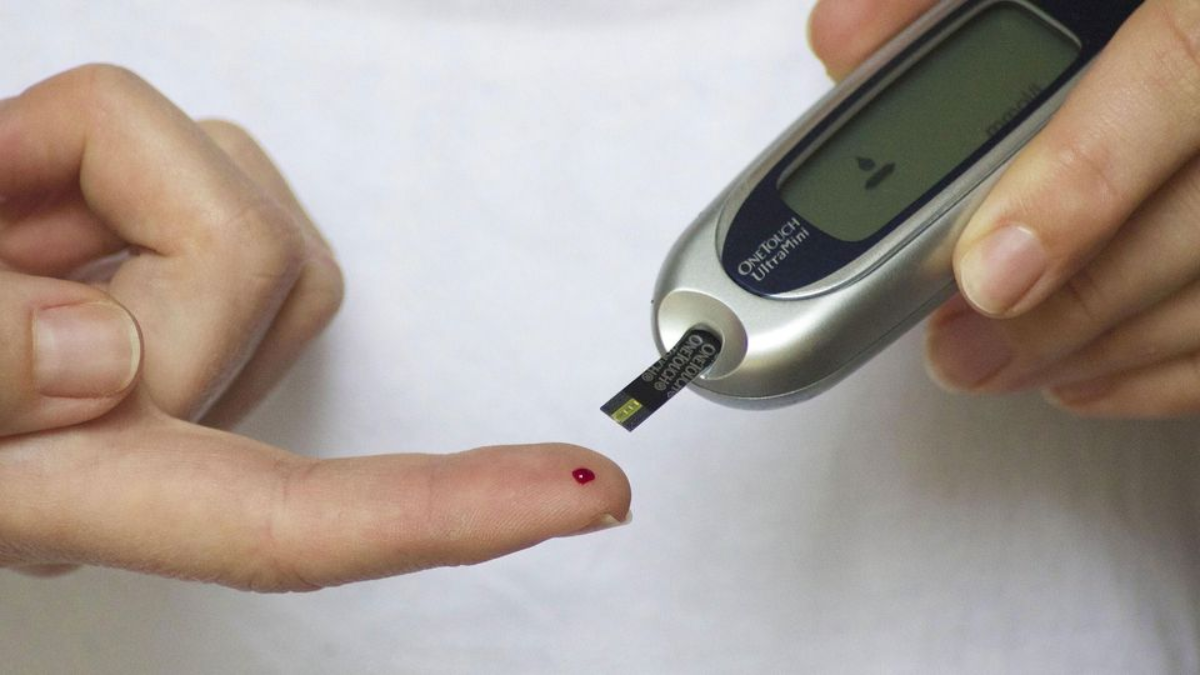
A new study from Sweden has found that adults diagnosed with type 1 diabetes face a significantly increased risk of cardiovascular disease and premature death. The research, conducted by scientists at the Karolinska Institutet, challenges common assumptions that a later diagnosis might lead to a better health outcome. On the contrary, findings suggest that adult-onset type 1 diabetes can be just as life-threatening as cases diagnosed in childhood.
Table of Content:-
Adult-Onset Type 1 Diabetes: A Growing Health Concern
Type 1 diabetes is traditionally associated with children and adolescents. However, this autoimmune disease can strike at any age, and adult-onset cases are being identified more frequently. Unlike type 2 diabetes, which is often tied to lifestyle factors, type 1 occurs when the body’s immune system mistakenly attacks insulin-producing cells in the pancreas.

Despite this growing recognition, limited research has focused on adults diagnosed later in life. The recent study, published in the European Heart Journal, seeks to bridge that knowledge gap by highlighting the long-term risks faced by this patient group.
Also Read: US Drug Overdose Deaths Drop By 27% In 2024, Marking Major Turnaround: CDC
What the Study Found
The researchers examined health data from over 10,000 individuals in Sweden who were diagnosed with type 1 diabetes after the age of 18 between 2001 and 2020. These patients were compared with over half a million individuals in a control group matched by age, gender, and location.
The results were striking: adults diagnosed with type 1 diabetes had a significantly higher risk of developing cardiovascular disease and dying from various causes, including cancer and infections. This elevated risk persisted regardless of whether the diagnosis was made in the individual’s 20s, 30s, or after the age of 40.
Also Read: Breakthrough Non-Invasive Test Can Spot Heart Attacks at Earliest Stage, Say Scientists
Major Contributing Risk Factors
According to the lead author, Yuxia Wei, a postdoctoral fellow at the Karolinska Institutet’s Institute of Environmental Medicine, three major factors were identified as contributing to the poor prognosis: smoking, obesity or being overweight, and poor glucose control. “These adults were also less likely to use modern insulin delivery technologies like insulin pumps, which may have contributed to suboptimal glucose management,” Wei noted.

Insulin pumps and other assistive devices can greatly improve blood sugar regulation and reduce complications, yet the study found that adult patients were underutilising such technologies.
Technology Gap and Treatment Challenges
The disparity in technology use is concerning. While children diagnosed with type 1 diabetes often benefit from aggressive management strategies—including early adoption of insulin pumps and continuous glucose monitors—adults may be offered less intensive interventions. This could be due to lower awareness, late detection, or misconceptions about the disease's severity in adulthood.
The researchers advocate for equal access to advanced diabetes management tools, regardless of age at diagnosis. They emphasise that timely intervention and continuous support are critical for improving long-term outcomes in adults with type 1 diabetes.
Looking Ahead: What Needs to Change
The Karolinska team plans to delve deeper into adult-onset type 1 diabetes by studying risk factors for disease development, potential complications like kidney and eye damage, and the impact of newer treatment technologies. Funded by the Swedish Research Council and the Swedish Diabetes Foundation, the study reinforces the urgent need to treat adult-onset type 1 diabetes with the same seriousness as its childhood counterpart.

“Many people still assume that being diagnosed later in life comes with fewer risks. Our research shows that this isn’t true,” said the authors. “There is a real need for targeted treatment plans and broader access to care for these patients.”
Bottomline
The findings make one thing clear: type 1 diabetes poses serious health threats no matter when it develops. For adults living with this diagnosis, the key to better outcomes lies in early detection, lifestyle changes, access to modern treatments, and continuous monitoring. With greater awareness and medical support, the risks can be managed—potentially saving thousands of lives.
Also watch this video
How we keep this article up to date:
We work with experts and keep a close eye on the latest in health and wellness. Whenever there is a new research or helpful information, we update our articles with accurate and useful advice.
Current Version
